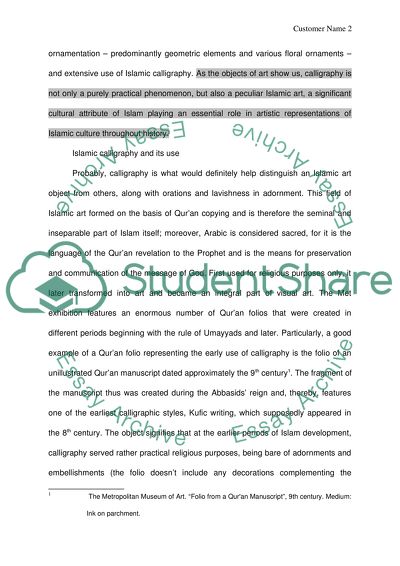Cite this document
(“Islamic ART Essay Example | Topics and Well Written Essays - 1500 words”, n.d.)
Islamic ART Essay Example | Topics and Well Written Essays - 1500 words. Retrieved from https://studentshare.org/religion-and-theology/1692258-islamic-art
Islamic ART Essay Example | Topics and Well Written Essays - 1500 words. Retrieved from https://studentshare.org/religion-and-theology/1692258-islamic-art
(Islamic ART Essay Example | Topics and Well Written Essays - 1500 Words)
Islamic ART Essay Example | Topics and Well Written Essays - 1500 Words. https://studentshare.org/religion-and-theology/1692258-islamic-art.
Islamic ART Essay Example | Topics and Well Written Essays - 1500 Words. https://studentshare.org/religion-and-theology/1692258-islamic-art.
“Islamic ART Essay Example | Topics and Well Written Essays - 1500 Words”, n.d. https://studentshare.org/religion-and-theology/1692258-islamic-art.


